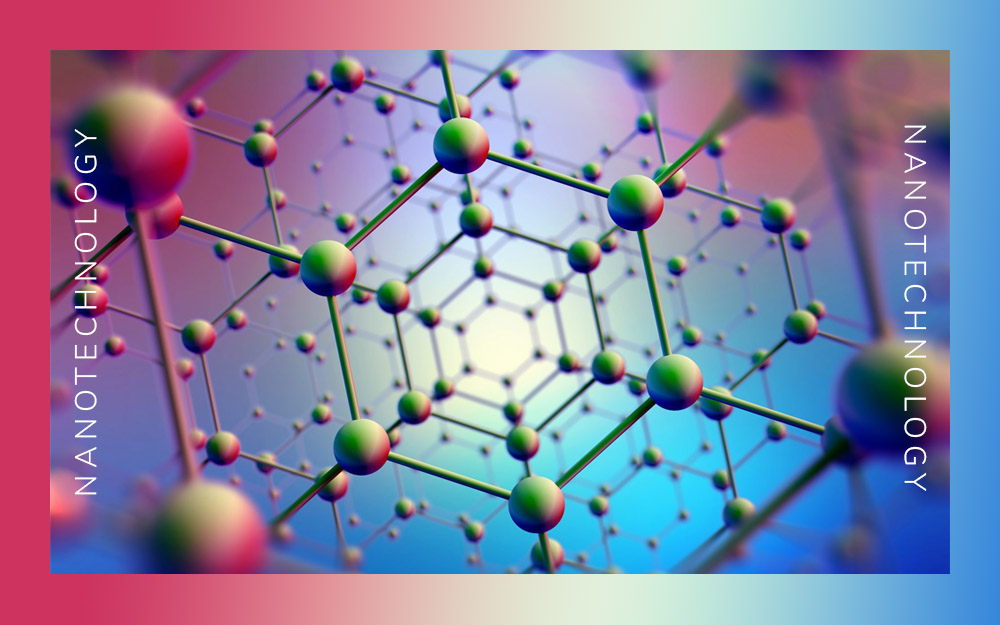Nanotechnology: Increases the Transformation of Stem cells into Bone

New nanotechnology that increases the transformation of stem cells into bone has the potential to revolutionise regenerative medicine.
Scientists at King Abdullah University of Science and Technology (KAUST) have created a nanotechnology platform that might lead to novel therapies for degenerative bone ailments.
Nanotechnology Role in this Research
The method is based on the use of iron nanowires that bend in reaction to magnetic fields. On the moving substrate, bone-forming stem cells cultured on a mesh of these small wires undergo a type of exercise. They then develop into adult bone far faster than in traditional culturing environments, due to a differentiation technique that lasts only a few days rather than a few weeks.
“This is an amazing discovery,” says Jasmeen Merzaban, an associate professor of bioscience. “We can accomplish effective bone cell production in less time,” perhaps opening the door for more efficient bone regeneration. Merzaban co-led the work with Jürgen Kosel, a sensor expert, and others from their labs.
The researchers investigated the capacity of their nanowire scaffold to produce bone both with and without magnetic signals. The small wires were designed in a uniformly spaced grid before being layered with bone marrow-derived human mesenchymal stem cells (MSCs). Each of the small wires is around the size of a bacteria’s tail-like appendage.
The researchers observed that adding a low-frequency magnetic field dramatically expedited the bone formation process. Within two days of mechanical stimulation, genetic markers of bone formation were discovered, but genes associated with stemness and self-renewal went dormant. Under a microscope, the scientists could also see the cells rapidly repairing themselves to become more bone-like.
The KAUST team will then put its technology through its paces in mice models of degenerative bone disease, hoping that stem cell-seeded nanowire scaffolds may be safely implanted at areas of damage and stimulate tissue healing. To hasten the healing process, an externally administered magnetic field would be employed.
Researchers View on this study
Jose Efrain Perez, study author and former PhD student in Kosel’s group, sees potential applicability in different illness scenarios. “Varying matrix stiffness by increasing or reducing nanowire length and diameter might produce variable responses with MSCs,” he says. They might also employ different types of stem cells to boost neuronal development and brain healing following a stroke.
“We may further modify the nanowire scaffold itself or the base material — for example, by utilising various metals to harness their magnetic responses or coating the nanowires with biomolecules for possible release upon cellular contact,” Perez says.
Reference Article
Reference: “Modulated nanowire scaffold for highly efficient differentiation of mesenchymal stem cells” by Jose E. Perez, Bashaer Bajaber, Nouf Alsharif, Aldo I. Martínez-Banderas, Niketan Patel, Ainur Sharip, Enzo Di Fabrizio, Jasmeen Merzaban and Jürgen Kosel, 16 June 2022, Journal of Nanobiotechnology.
DOI: 10.1186/s12951-022-01488-5
For more interesting news and facts, check out our blog New Facts World and follow us on Instagram.



